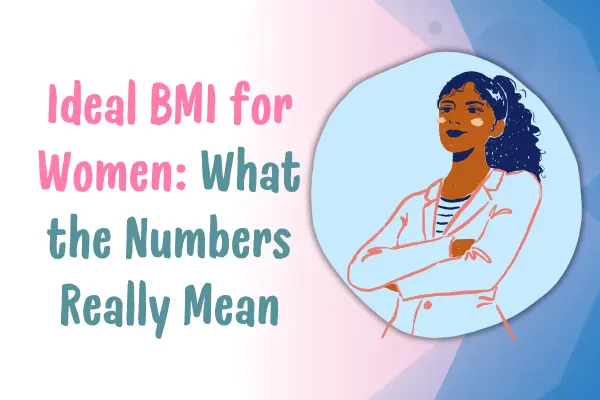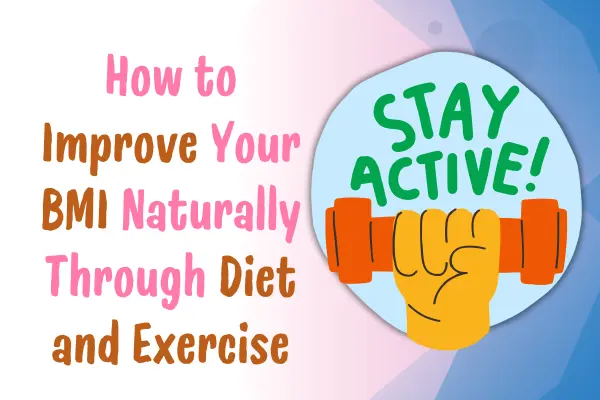The Connection Between Health and Affordability
Health Insurance Cost and 5 Points of Health: Health is not just about what you eat or how often you exercise—it’s also about your access to care. And access starts with insurance. But is $200 a month a lot for health insurance? And what exactly defines health? Let’s break down both the financial side of health insurance and the core principles that support a healthy life.
Is $200 a Month a Lot for Health Insurance?
The short answer is: No, it’s not too much. In fact, for many people, it’s an affordable premium, especially for quality coverage. The cost of health insurance varies widely based on age, location, income, and the type of plan.
- For a single adult, premiums can range from $100 to $600+ monthly.
- Employer-sponsored plans often cost less out-of-pocket.
- Marketplace or government plans can cost even less with subsidies.
If you’re paying $200/month, you’re likely getting mid-level coverage with good access to care.

Factors That Affect Your Health Insurance Premium
Not everyone pays the same. Several key factors influence how much you pay for health insurance each month:
- Your age – Older individuals often pay more.
- Location – Rates vary by state and even zip code.
- Income level – Lower-income households may qualify for subsidies.
- Plan tier – Bronze, Silver, Gold, or Platinum.
- Health history – Although pre-existing conditions don’t raise prices anymore, they affect how you use your insurance.
Understanding these factors helps you make smarter choices when comparing plans.
How Much Should You Pay for Health Insurance?
A healthy range for individual coverage typically falls between $150–$400 per month. If your premium is within that range, you’re not overspending—especially if your coverage includes:
- Doctor visits
- Emergency care
- Prescriptions
- Preventive services
Set a budget that fits your income, but don’t sacrifice essential coverage just to save a few dollars.

What to Do If Health Insurance Feels Too Expensive
If you’re struggling to pay for insurance, consider the following:
- Look into government subsidies if you qualify
- Switch to a higher-deductible plan for lower monthly costs
- Join a group health plan if you’re self-employed
- Consider short-term health plans as a temporary option
Remember: A lower premium might mean higher out-of-pocket costs. Always weigh both before making a switch.
Is $50 or $300 a Month for Health Insurance Normal?
- $50/month: Often only possible with strong subsidies or minimalist coverage. Great if you qualify, but double-check what’s covered.
- $300/month: Still reasonable for full-spectrum insurance, especially without subsidies. This could reflect a good PPO or Gold-tier plan.
Whether $50 or $300 is right for you depends on your health needs, deductible tolerance, and income.
Can Poor People Afford Health Insurance?
Yes, with the right tools:
- Medicaid is available for those below certain income thresholds.
- Marketplace subsidies reduce monthly premiums dramatically.
- Community health centers and sliding scale clinics provide care regardless of insurance.
Access is improving, and help is available—it’s all about knowing where to look and applying early.
What Makes a Good Monthly Health Insurance Payment?
A “good” payment is one that:
- Covers your essential needs
- Doesn’t exceed 10% of your monthly income
- Gives you peace of mind
If you’re paying under 10% of your income for reliable coverage, that’s a strong financial-health balance.
What Is the Best Health Insurance Plan?
There is no one-size-fits-all. The best plan is:
- Affordable for your income
- Comprehensive in coverage
- Accepted by your preferred doctors
- Includes your prescriptions
- Has manageable deductibles and copays
Match the plan to your personal situation, not the other way around.
What Percentage of Income Should Go to Insurance?
A healthy range is 5% to 10% of your gross monthly income. If you’re paying significantly more, consider exploring subsidies or alternative plans.
Is Obamacare Monthly?
Yes, Obamacare (ACA marketplace plans) is billed monthly. Depending on your income, you could pay anywhere from $0 to several hundred dollars per month. Payments are due every month to maintain active coverage.
How to Lower Your Health Insurance Costs
- Compare plans every open enrollment season
- Use an HSA (Health Savings Account) with a high-deductible plan
- Take advantage of wellness incentives
- Quit smoking—many plans offer discounts
- Stay in-network to avoid extra charges
Small adjustments can lead to major savings.
What Are the 5 Points of Health?
A well-rounded approach to health includes:
- Physical Health
Exercise regularly, eat well, get enough sleep, and avoid harmful habits like smoking. - Mental Health
Manage stress, develop emotional intelligence, and seek support when needed. - Social Health
Build strong relationships, communicate clearly, and be part of a community. - Spiritual Health
Cultivate purpose, values, and belief systems that align with your personal growth. - Intellectual Health
Keep your mind active with learning, reading, and creative expression.
Together, these form the foundation of lifelong well-being.
What Are the 4 Rules of Health?
Here are four essential rules to live by:
- Move your body daily
- Eat a variety of whole foods
- Get 7–8 hours of sleep each night
- Practice mindfulness and manage stress
These are the pillars of consistent, attainable health.
The 5 A’s of Health You Should Know
The 5 A’s represent a practical, action-based health model:
- Awareness – Know your health status and risks
- Assessment – Evaluate your habits and routines
- Action – Make consistent, health-positive changes
- Accountability – Track your progress and stay responsible
- Achievement – Celebrate health goals and milestones
What Are the 6 Health Factors?
These core factors influence your overall wellness:
- Nutrition
- Physical activity
- Mental and emotional stability
- Sleep quality
- Substance use
- Preventive care and screenings
Optimize these to reduce disease risk and improve quality of life.
What Are the 10 Elements of Health?
A full-spectrum view includes:
- Physical
- Mental
- Emotional
- Social
- Spiritual
- Environmental
- Occupational
- Intellectual
- Financial
- Cultural
Health is holistic, and the more you nurture each element, the stronger your overall wellness becomes.
How Do I Know If I’m Unhealthy?
Watch for these signs:
- Constant fatigue
- Brain fog or poor memory
- Digestive issues
- Mood swings or depression
- Inconsistent sleep
- Unexplained weight changes
- Frequent illness
Your body often whispers before it screams—listen early.
What Are the Best Foods for Health?
Stick to whole, unprocessed options like:
- Leafy greens
- Berries
- Whole grains
- Lean proteins
- Nuts and seeds
- Legumes
- Healthy fats (avocados, olive oil)
The fewer ingredients, the better.
How to Be Healthy and Happy
- Build consistent habits over perfection
- Prioritize rest and recovery
- Move your body daily
- Cultivate meaningful relationships
- Express gratitude and celebrate wins
Small efforts add up to massive results.
Conclusion
Being healthy isn’t just about eating kale or running marathons—it’s about understanding your body, your finances, and your choices. Health insurance helps you access care when it matters. And living by the 5 points of health ensures you’re building a life that’s strong, balanced, and joyful.
So, is $200 a month for health insurance a lot? Not really. Not when you consider the long-term value of health, prevention, and peace of mind.

